MCL Treatment at Orthotics Plus
We are experienced in treating MCL injuries in everyone from younger patients with sporting injuries to older adults who have suffered a fall.
Please contact us for support.
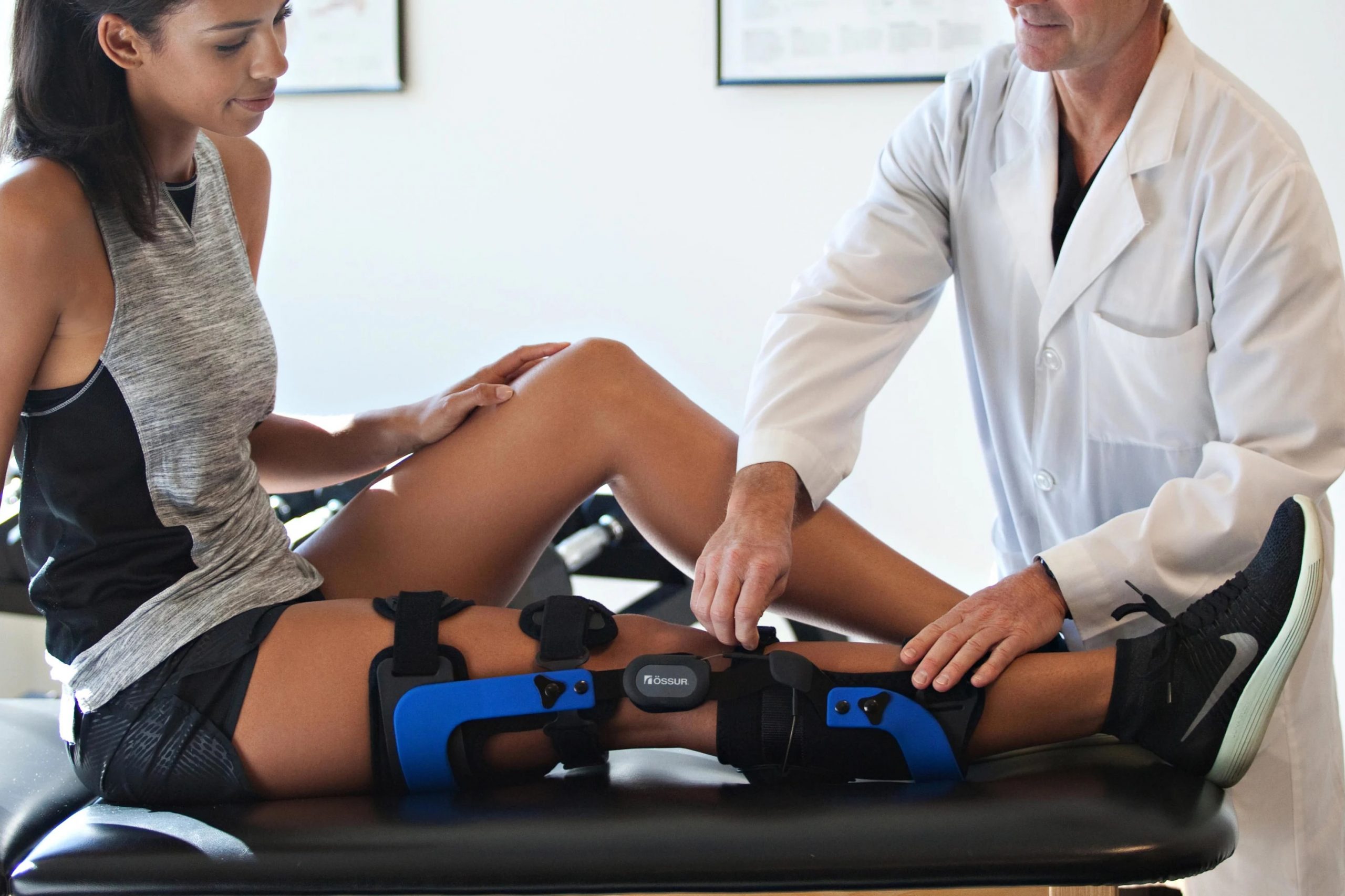
What is the MCL?
The MCL (Medial Collateral Ligament) is a fibrous band of tissue that attaches to the medial femoral condyle and extends across the knee joint to the tibia. This ligament prevents the knee from collapsing inwards into a ‘valgus’ position and provides stability.
In simpler terms, the MCL is a strong ligament on the inside of the knee that stops the knee from moving inwards.
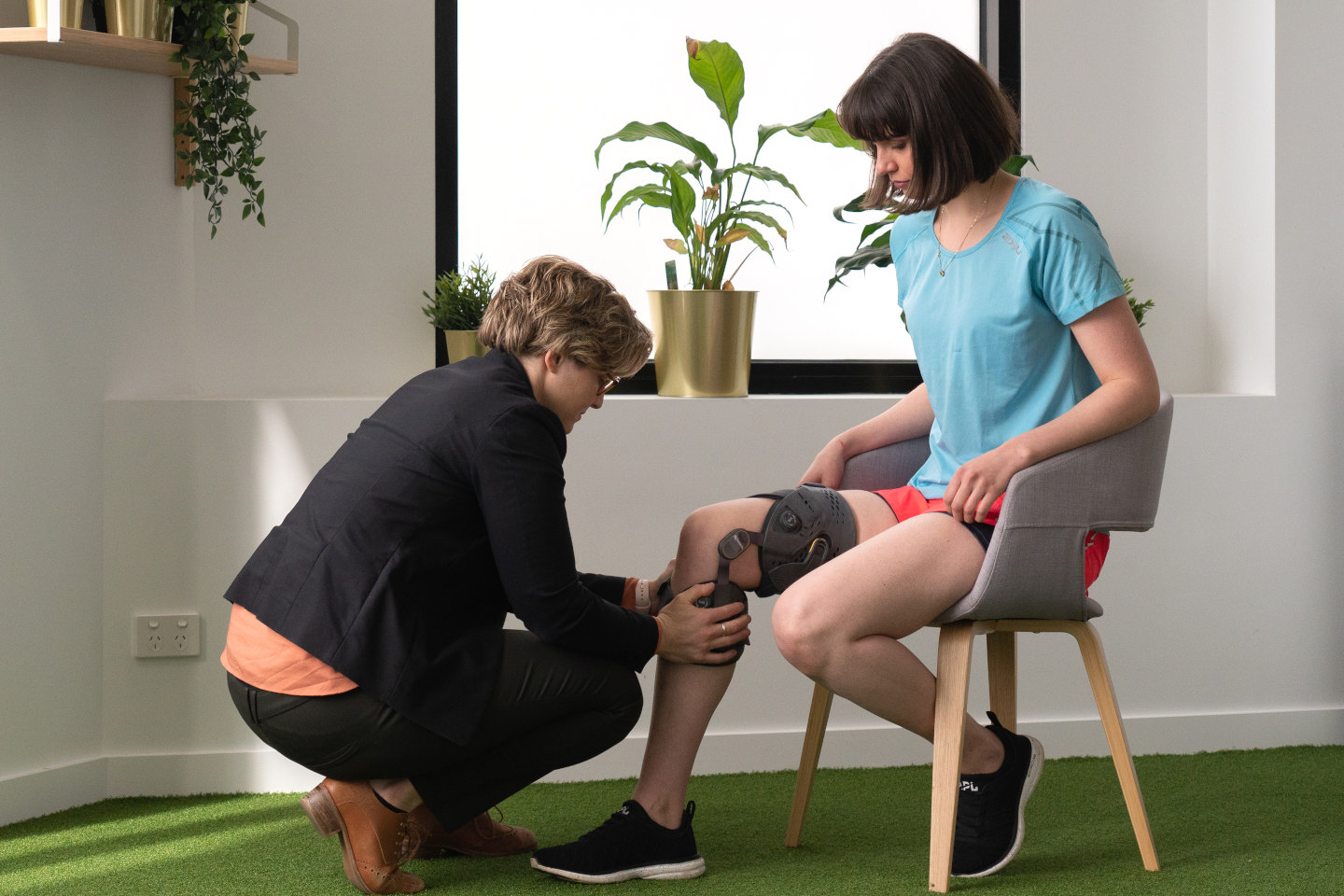
Common Causes of MCL Injuries
The MCL is primarily injured when another person forcefully contacts the outside of the knee and the foot is planted on the ground. Such as during football when another player lands across your knee.
Additionally, there are non-contact injuries which are associated with the person slipping or landing awkwardly and the knee buckles inwards.
If there’s excessive strain on the ligament, it can partially tear or rupture.
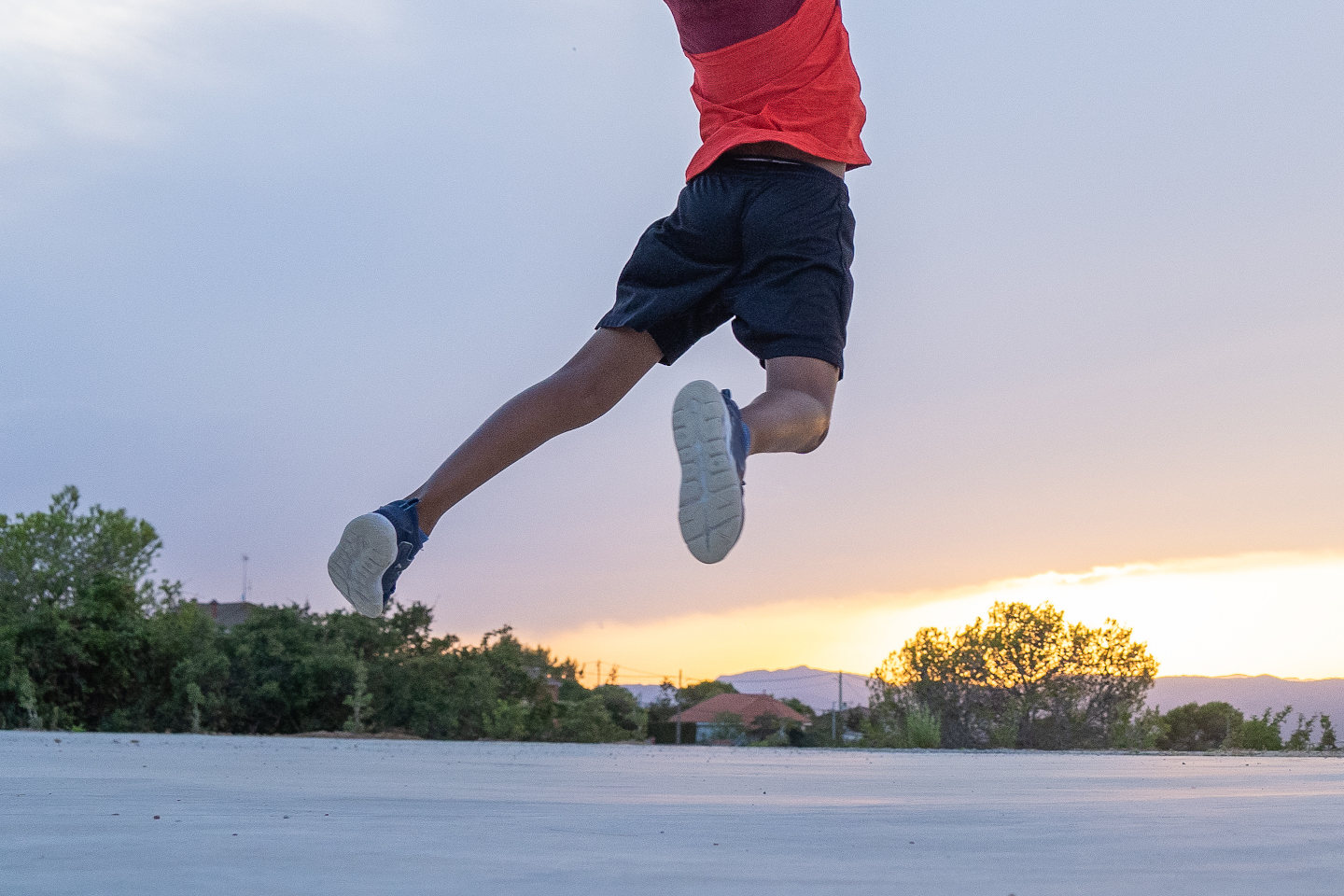
Grades of MCL Injuries
MCL injury grades vary from one to three:
- A grade one is a mild stretching in the fiber, often resulting in mild pain and swelling but no instability
- A grade two is a partial tear, which can range from being torn a little bit or most of the way through
- A grade three is a complete rupture, meaning the MCL is severed completely. This will result in knee instability and a higher degree of pain and swelling.
We primarily treat grade two and grade three injuries. In terms of treatment, grade two injuries can range from someone with a mostly stable knee and no need for bracing and support to someone who needs to be on crutches for weeks.
With a severe grade two MCL injury, there will be a lot of swelling, and putting a brace on for range-of-motion control and structural support is beneficial, especially to help alleviate pain.
With grade three injuries, the patient’s knee will feel unstable. They’ll regularly feel like the knee wants to buckle, and there will be a lot of swelling and pain. Usually the knee is braced in these instances.
Surgeons and sports doctors may prescribe range-of-motion control for a certain amount of time, and others may just let the patient move freely.
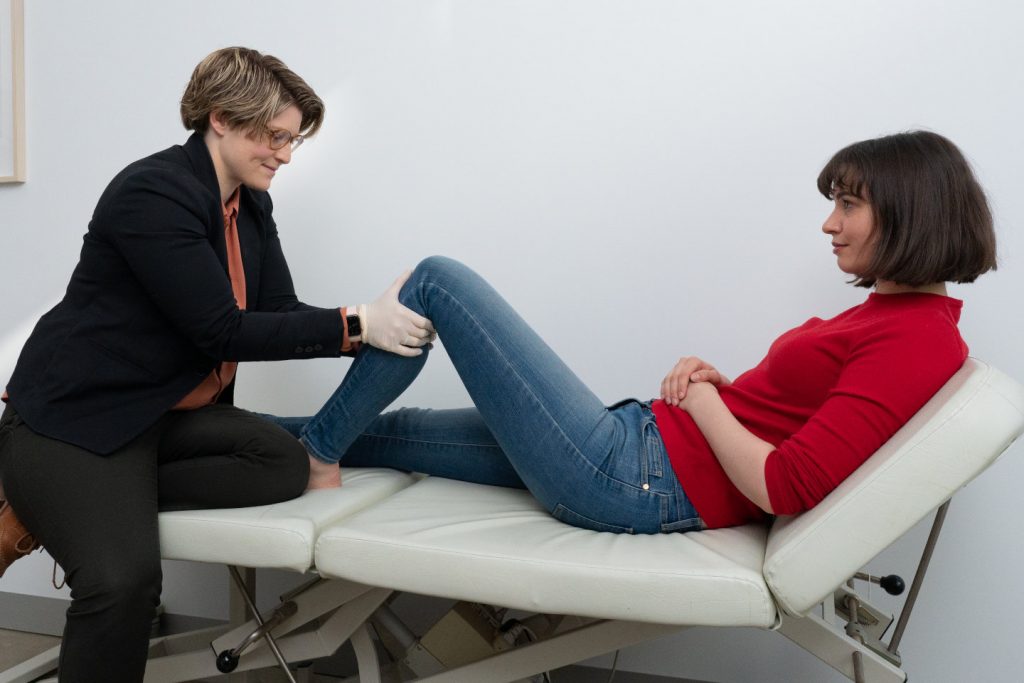
Treatment at Orthotics Plus
- The Rebound Post-Op Knee brace is most commonly used to treat MCL injuries
- The Formfit Knee MCL
- GenuTrain S
- Custom hinge braces
In selecting braces to treat an MCL, we’d consider options that offer compression and medial-lateral stability.
Depending on the severity, we may also want to limit range of motion. Most of the time, these braces are prefabricated products.
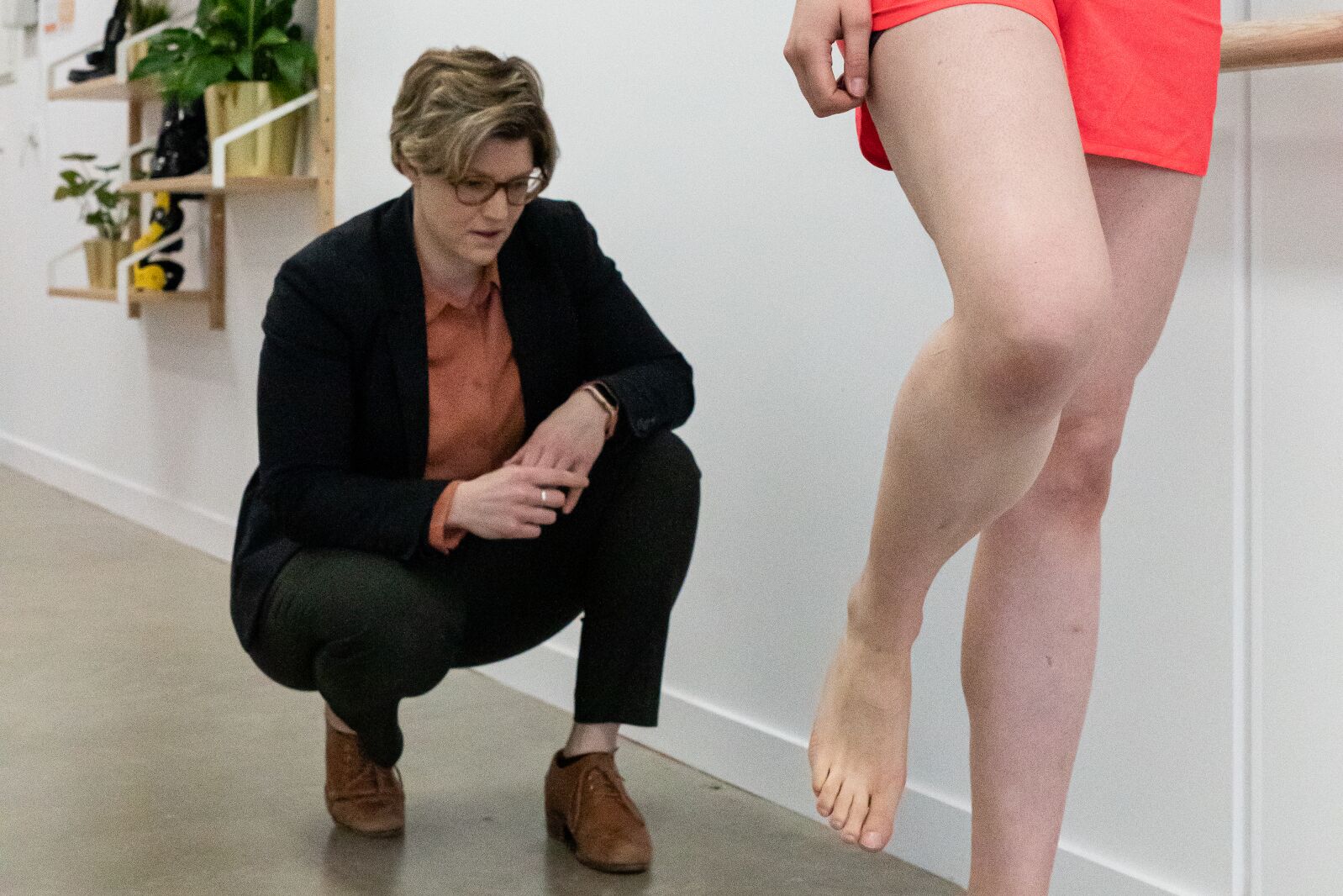
Diagnoses of MCL Injuries
Oftentimes, patients will present with medial knee pain, swelling and an unstable feeling in their knee.
People should visit their GP or Physiotherapist, who might perform a valgus stress test. If the test elicits pain in line with the mechanism of injury, then the diagnosis is usually clear.
ACLs are commonly injured at the same time as MCLs so further testing and imaging can be useful to rule this out.
The mechanism of injury is useful to diagnose an MCL injury also.
An ultrasound or an MRI is then typically ordered to scan the knee to assess the damage within the MCL.
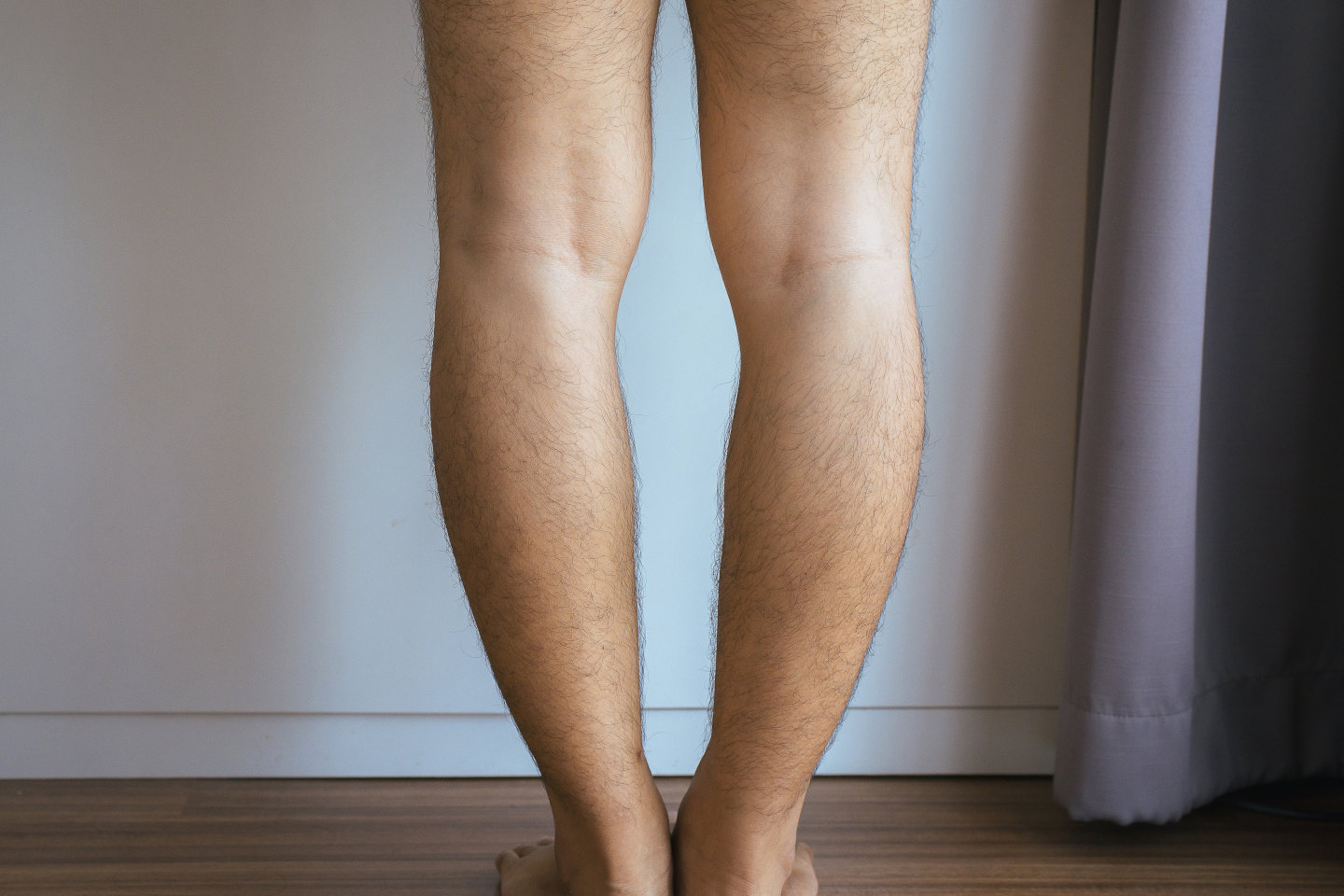
Surgical Vs Non Surgical Options
Performing surgery on an MCL is rare unless it’s a complete rupture or done in conjunction with another ligament.
MCLs typically heal quite well without surgery. Following a brace and rehab (if recommended), most patients are back to feeling a hundred percent in a few months.
When it comes to MCL rehabilitation, it’s best to get the patient’s knee moving early on rather than being completely immobilised. If the patient tore their ACL and MCL, the surgeon may repair the MCL while the ACL surgery is being performed, but it’s not strictly necessary.
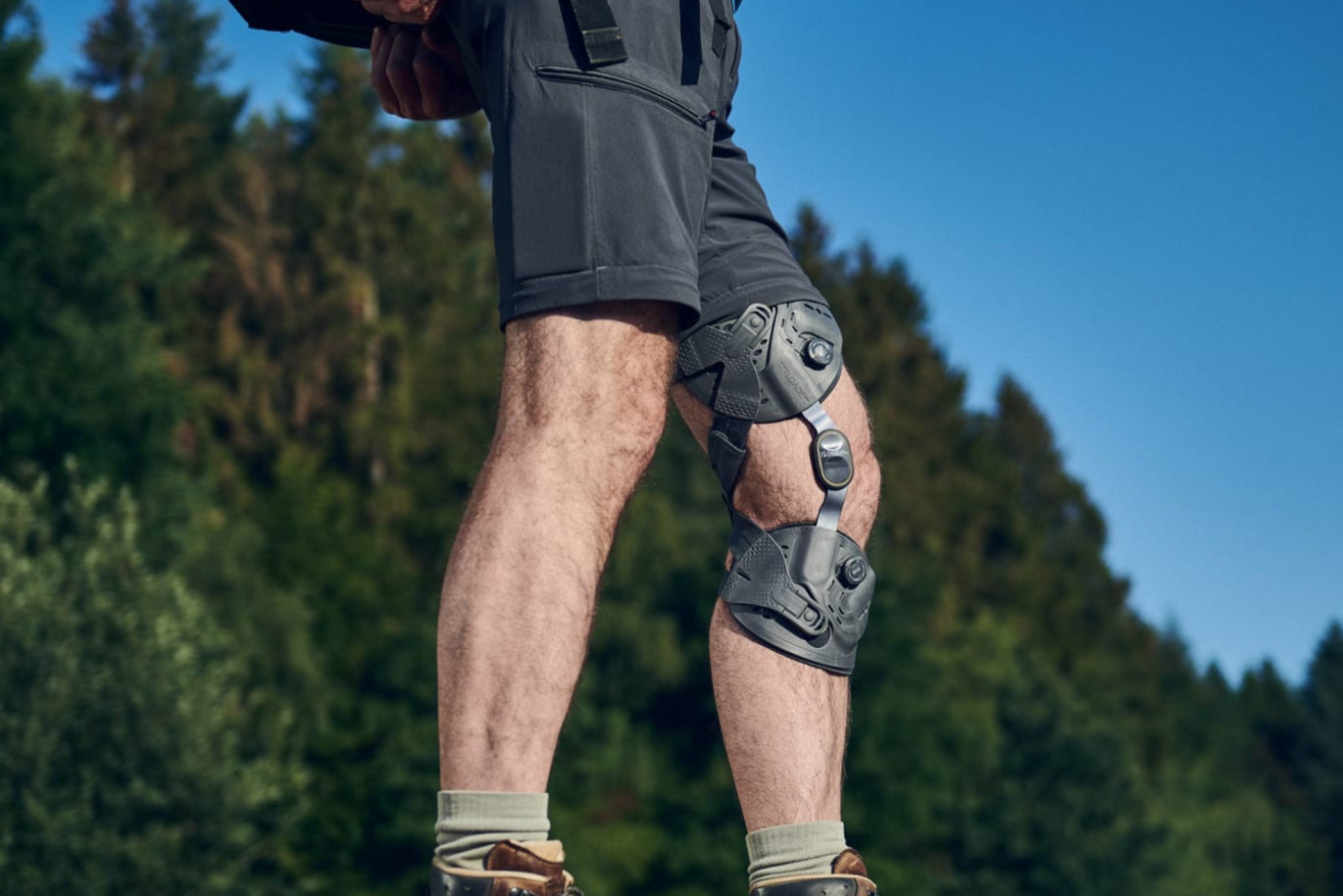
How do I know if I need a brace for my MCL recovery?
If you have instability at the knee, are suffering from excessive pain, or have anxiety over moving your knee following an MCL tear, a brace may be needed.
Your doctor will determine whether a brace will assist in your recovery and refer you to Orthotics Plus from there.
Recovery Period
For a grade-one MCL injury, patients can fully recover in a week or two.
For a grade-two or three MCL injury, recovery could take 12 weeks or longer depending on severity.
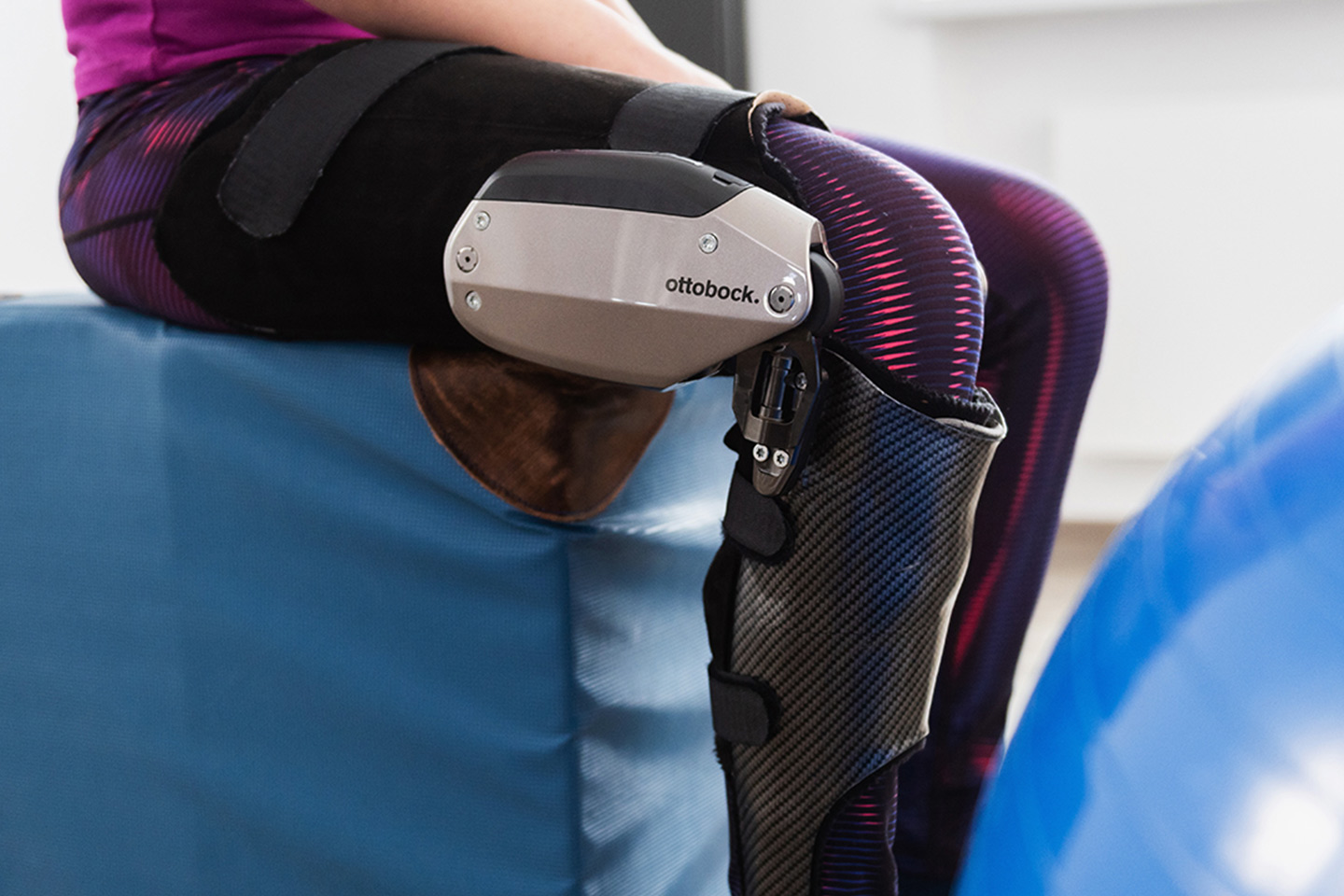
Patient Experience at Orthotics Plus
If you’re referred by your doctor, they’ll contact us with the referral and instructions to assess you for an MCL brace. During the initial appointment, we’ll discuss your goals, activity levels, and your level of instability. We can then choose the most appropriate brace depending on your answers.
If the surgeon or physio requests a specific brace, we can fit you for that brace in particular unless we believe it’s inappropriate given your goals and condition.
You’ll then be fitted with the brace and scheduled for another review in our clinic if needed. The entire process will result in only a couple of appointments with us until you’re fully recovered.

FAQ
If you feel that you’d benefit from a brace, you could talk to your surgeon about visiting Orthotics Plus. They can advise you on a referral if appropriate.
Typically, surgeons are very experienced in referring if they believe it’s necessary and desired by the patient.
While we can’t refer you to a surgeon, we can refer you to Physiotherapists that we work with often and recommend.
If you come to us first, we can assess you and give you some bracing options. If you feel that surgery is a solution, we will encourage you to contact surgeons in the area.
Compared to a healthy MCL, a damaged MCL on an MRI will show loss of continuation in the fibers of the MCL ligament. Fusion and swelling is also evident.
As orthotists, the team at Orthotics Plus is not trained to diagnose from MRIs, but we can use them to inform our decision making. If you have MRI reports from the radiographer, we encourage you to bring those to the initial consultation.
These summary findings are helpful in allowing us to determine the severity of your injury and how we should best proceed with treatment.